June 18, 2019
Prelims Pointers
June 18, 2019
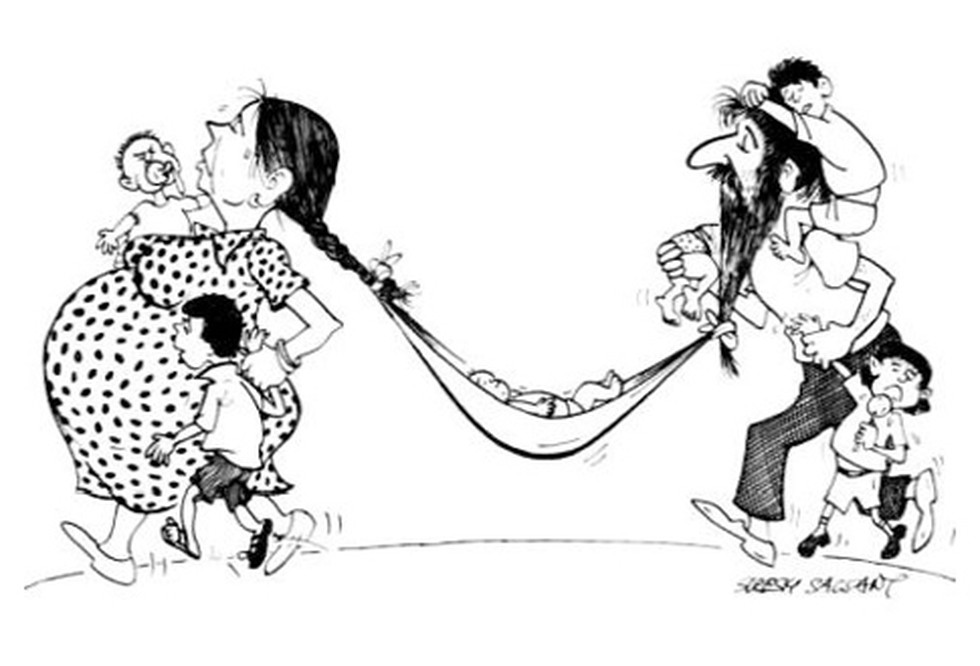
Key findings of the report:
- Global population: The global population is projected to increase by another 2 billion people by 2050, from 7.7 billion in 2019 to 9.7 billion thirty years down the line. By the end of the century, the world population is set to peak at a level of about 11 billion.
- India: In 2019, India has an estimated population of 1.37 billion and China 1.43 billion and by 2027, India’s population is projected to surpass China’s. India is also expected to add 273 million people by 2050 and will remain the most populated until the end of the century.
- Top 5 populous countries (Projections):
- Following the India-China re-ordering in 2027, the ranking of the five largest countries is projected to remain the same until the end of the century.
- India is expected to remain the world’s most populous country with nearly 1.5 billion inhabitants, followed by China at 1.1 billion, Nigeria with 733 million, the United States with 434 million, and Pakistan with 403 million.
- Following the India-China re-ordering in 2027, the ranking of the five largest countries is projected to remain the same until the end of the century.
- Declining population: By 2050, 55 countries are estimated to see their populations shrink by at least 1%. This is due to sustained low levels of fertility and high rates of emigration. In China the population is projected to shrink by as much as 2.2 % or 31.4 million by 2050.
- Ageing: Overall the world’s population is ageing, with the age group of 65 and above growing at such a fast rate that by 2050, one in six people in the world will be part of it as compared to one in 11 in 2019.
‘The World Population Prospects 2019’ is published by the Population Division of the UN Department of Economic and Social Affairs.
Prelims Pointers
June 18, 2019
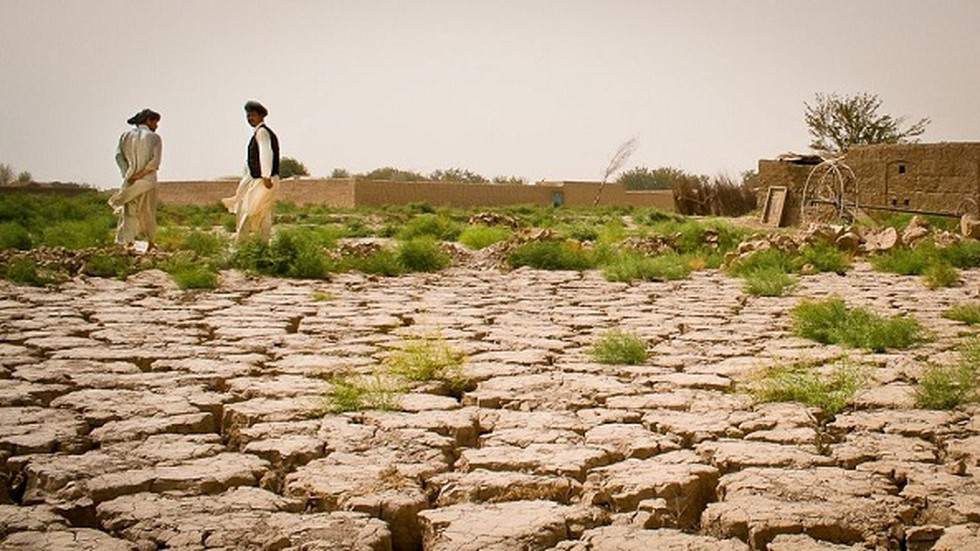
About:
- The Bonn Challenge is a global effort to bring 150 million hectares of the world’s deforested and degraded land under restoration by 2020, and 350 million hectares by 2030.
- The flagship project will be implemented during a pilot phase of three-and-a-half years in the five pilot states of Haryana, Madhya Pradesh, Maharashtra, Nagaland and Karnataka. This will eventually be scaled up across the country.
- The project will aim to develop and adapt the best practices and monitoring protocols for the country, and build capacity within the five pilot States.
- Union Environment Minister Prakash Javadekar also announced that India for the first time will host the 14th session of the Conference of Parties (COP-14) of the United Nations Convention to Combat Desertification (UNCCD) in September.
Desertification in India:
- India faces a severe problem of land degradation, or soil becoming unfit for cultivation.
- A 2016 report by the Indian Space Research Organisation found that about 29% of India’s land (in 2011-13) was degraded, this being a 0.57% increase from 2003-05.
- At the previous edition of the COP, India had committed to restore 13 million hectares of degraded and deforested land by the year 2020, and an additional 8 million hectares by 2030.
Prelims Pointers
June 18, 2019
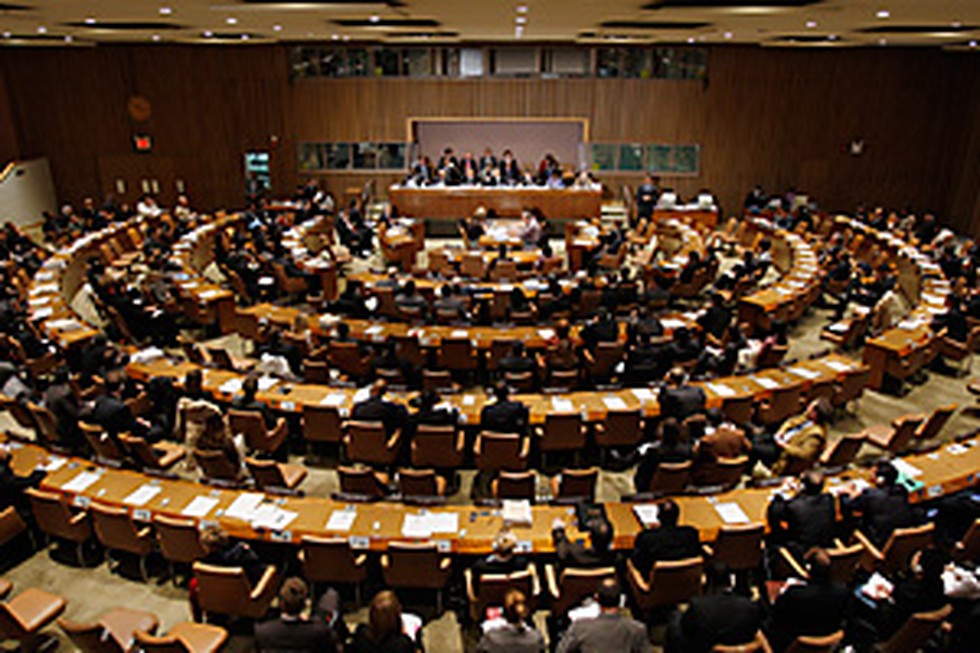
About:
- According to Sri Lankan authorities, a journalist has been arrested for his writing on anti-Muslim riots and Buddhist extremists under the country's laws compliant to the International Covenant on Civil and Political Rights (ICCPR).
- However, according to the Free Media Movement rights group, no evidence to prove it contains anything that amounts to hate speech or defamation was provided against him.
International Covenant On Civil And Political Rights (ICCPR)?
- The ICCPR is a multilateral treaty adopted by the United Nations General Assembly (UNGA). The ICCPR is monitored by the United Nations Human Rights Committee
- The covenant commits its parties to respect the civil and political rights of individuals, including the right to life, freedom of religion, freedom of speech, freedom of assembly, electoral rights and rights to due process and a fair trial.
- The ICCPR is part of the International Bill of Human Rights, along with the International Covenant on Economic, Social and Cultural Rights (ICESCR) and the Universal Declaration of Human Rights (UDHR).
- It became effective in 1976.
Prelims Pointers
June 18, 2019
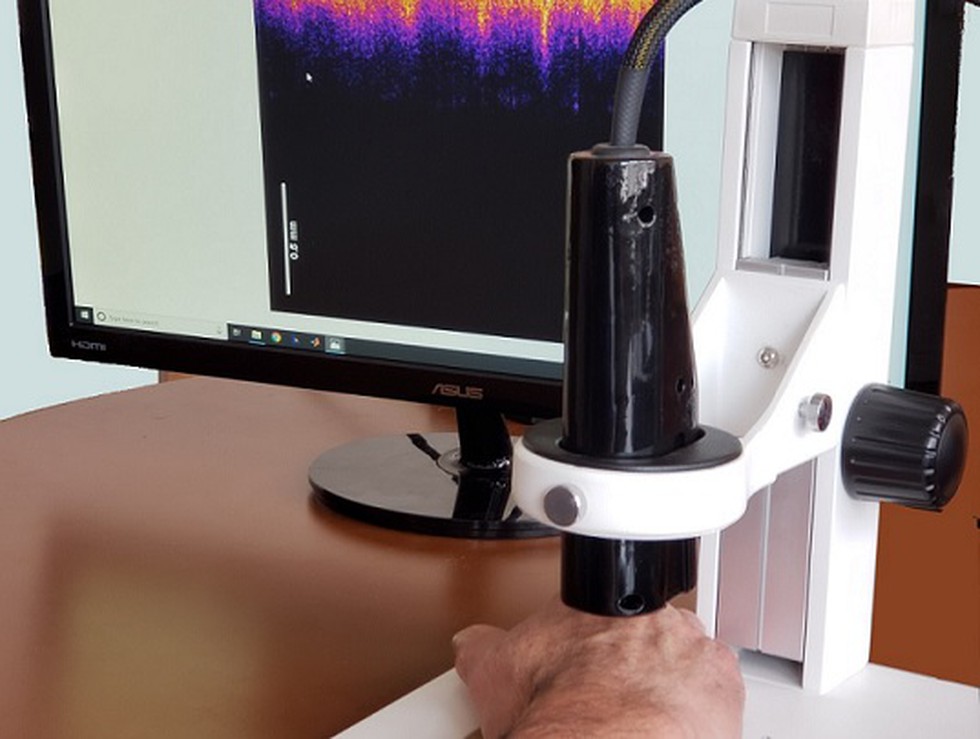
About:
- Background: Currently, physicians who perform surgical biopsies often do not know the extent of a lesion — and whether it will be necessary to refer the patient to a specialist for extensive tissue removal or plastic surgery — until surgery has already begun.
- Recent development: Now scientists have developed a ‘virtual biopsy’ device that can quickly and non-invasively determine whether a skin tumour is cancerous and needs to be removed surgically.
- Working:
- The first-of-its-kind experimental procedure, called vibrational optical coherence tomography (VOCT), creates a 3D map of the legion’s width and depth under the skin with a tiny laser diode, without using a scalpel.
- The procedure also makes use of soundwaves to test the lesion’s density and stiffness since cancer cells are stiffer than healthy cells.
- The first-of-its-kind experimental procedure, called vibrational optical coherence tomography (VOCT), creates a 3D map of the legion’s width and depth under the skin with a tiny laser diode, without using a scalpel.
- Benefits: The ability to analyse a skin tumour non-invasively could make biopsies much less risky and distressing to patients.
Prelims Pointers
June 18, 2019
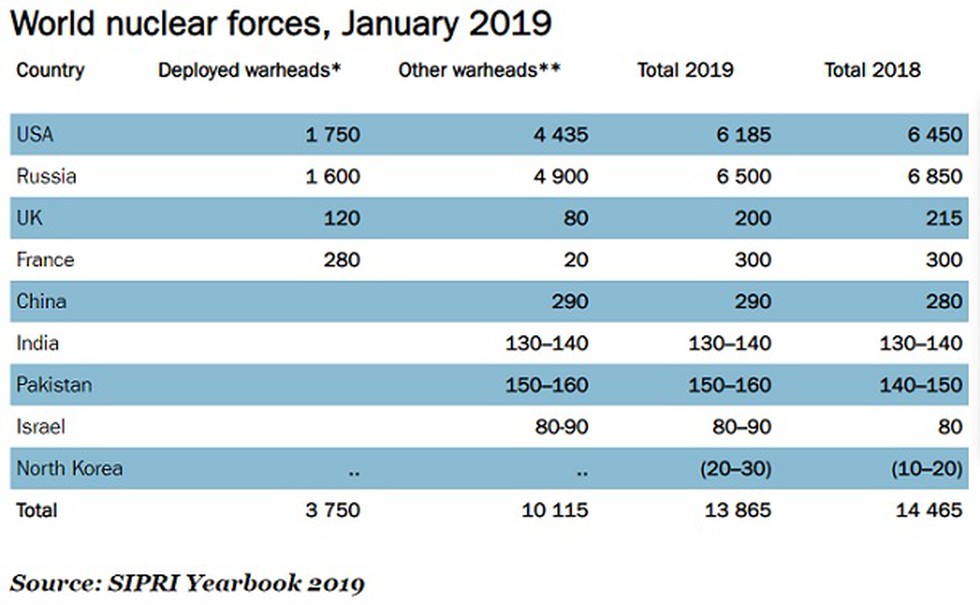
Key highlights of the report:
- Despite an overall decrease in the number of nuclear warheads in 2018, all nuclear weapon-possessing states continue to modernize their nuclear arsenals.
- At the start of 2019, nine states—the United States, Russia, the United Kingdom, France, China, India, Pakistan, Israel and North Korea—possessed approximately 13 865 nuclear weapons. This marked a decrease from the approximately 14 465 nuclear weapons at the beginning of 2018.
- The decrease in the overall number of nuclear weapons in the world is due mainly to Russia and the USA—which together still account for over 90 % of all nuclear weapons—implementating the 2010 New START, the treaty which is set to expire in 2021.
- China, India and Pakistan are increasing the size of their nuclear arsenals. India and Pakistan make statements about some of their missile tests but provide little information about the status or size of their arsenals.
- For India, it gives a figure of 130-140 “other warheads” in 2019, the same as in 2018.
- North Korea continues to prioritize its military nuclear programme, although in 2018 it announced a moratorium on the testing of nuclear weapons.
The report separately counts “deployed warheads” (warheads placed on missiles or located on bases with operational forces) and “other warheads” (stored or reserve warheads and retired warheads awaiting dismantlement).
Prelims Pointers
June 18, 2019
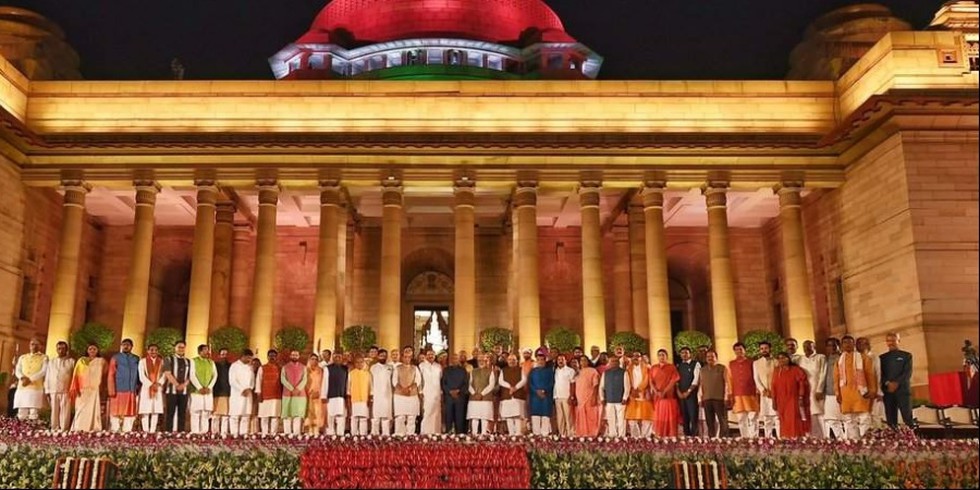
About:
- This year new paragraph has been added by the Cabinet Secretariat in the work allocation orders. It states that all files, including starred questions of Parliament and calling attention motions, will have to be routed to ministers through the MoS.
- Several ministers of state were not happy about the lack of sufficient work assigned to them in previous governments as hardly any Cabinet minister wanted his/her junior to share power.
- Earlier, they handled relatively low-key subjects such as official language and unstarred questions of Parliament, among others.
- The new NDA government has 31 Ministers of State, nine of them with Independent charges.
Do You Know?
- Ours is a parliamentary form of government (or cabinet form of government) in which council of ministers (COM) are the real executive. Article – 74 states that president shall act in accordance with the aid and advice of COM.
- COM consists of 3 categories of ministers namely: (1) Cabinet ministers, (2) Minister of state and (3) Deputy ministers.
- Minister of state:
- They are either given independent charge of ministries. In that case they exercise same power wrt ministries as cabinet ministers do, however they are not part of cabinet and do not attend cabinet meetings unless specifically invited.
- Or they are attached to cabinet ministers and thus work under the overall charge of cabinet minister. They are either given charge of the department of the ministry headed by cabinet ministers or allotted specific item of work related to ministry.
Prelims Pointers
June 18, 2019
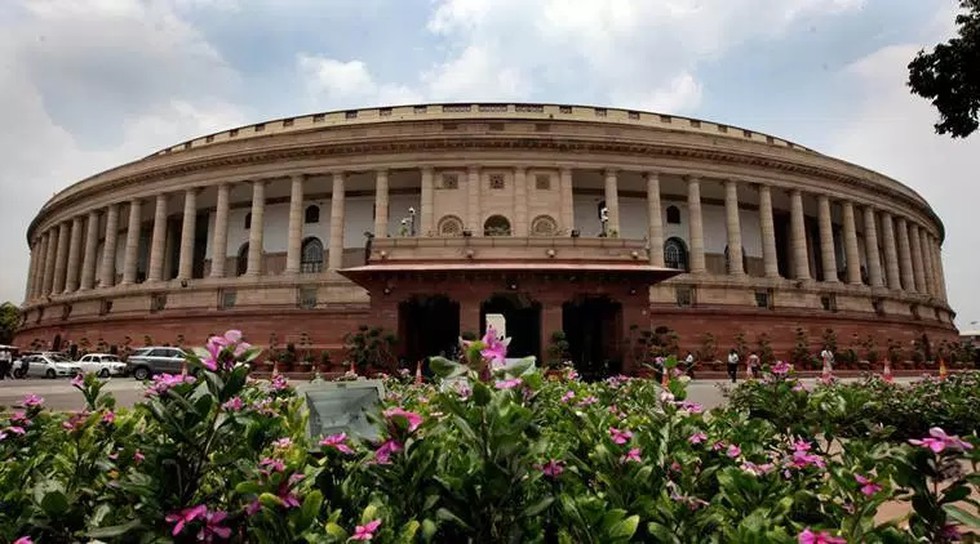
About:
- The petition filed by Congress has sought a direction to the Election Commission for holding the election for the two seats simultaneously.
- The petition said the basic principle, both under the Constitution and the RPA, is that the elections shall be held together so that the system of proportional representation by means of single transferable vote can be applied.
- Challenging the ECI’s reasoning of the vacancy of the two seats as ‘Casual Vacancy’ for conducting separate by-polls, the petition emphasised that “Section 69(2) of the RP act read with section 67A and Section 68(4), makes it a Statutory Vacancy”.
Section 69 in The Representation of the People Act, 1951:
- Title: Vacation of seats by persons already members of one House on election to other House of Parliament.
- 69(1): If a person who is already a member of the Lok Sabha is chosen a member of the Rajya Sabha, his seat in the Lok Sabha shall, on the date on which he is so chosen, become vacant.
- 69(2): If a person who is already a member of the Rajya Sabha is chosen a member of the Lok Sabha, his seat in the Rajya Sabha shall, on the date on which he is so chosen, become vacant.
Prelims Pointers
June 18, 2019
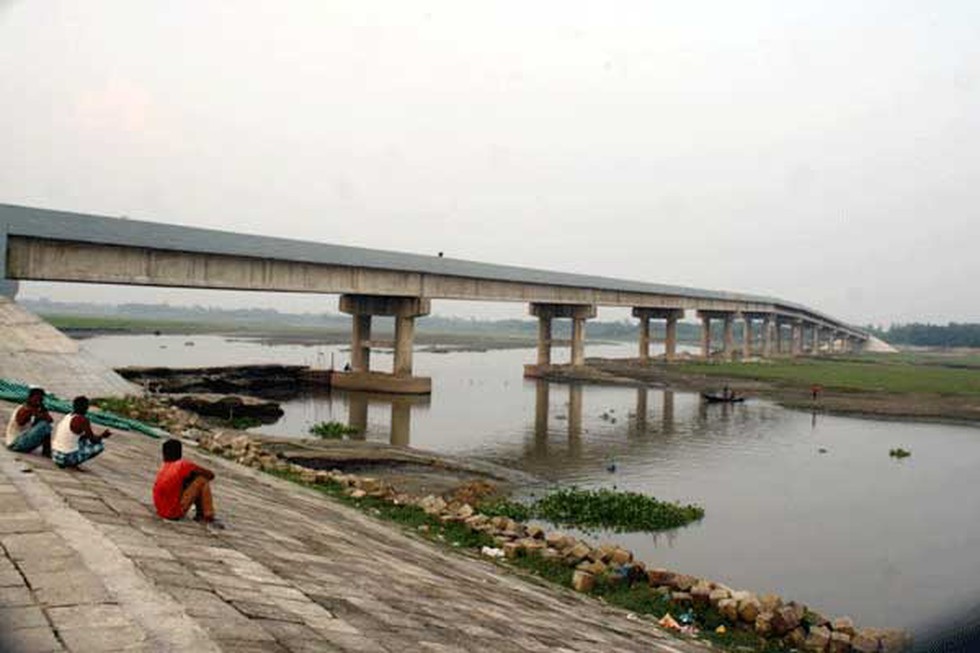
About:
- Name: Feni Bridge is known as Maitree Setu in Chattogram.
- Location: The bridge is being built over the Feni River and will connect Tripura with Chittagong port of Bangladesh.
- Timeline: The foundation of the bridge was laid in 2015 jointly by Prime Minister Narendra Modi and Bangladesh Prime Minister Sheikh Hasina. The project is scheduled to be completed by April next year.
- Agencies Involved: The bridge is being constructed by the National Highways Infrastructure Development Corporation Ltd of Ministry of Road and Transport highways, Government of India.
- Significance:
- It is being developed as a corridor for trade and commerce between India's North-East and Bangladesh.
- It will provide direct road connectivity between South Tripura and Chittagong allowing India to use Chittagong as a “port of call" and promoting trade, tourism and people-to-people ties.
- The bridge will facilitate carrying of heavy machines and goods to and from the north-eastern states and the rest of India via Bangladesh through Chattogram.
- It is being developed as a corridor for trade and commerce between India's North-East and Bangladesh.
Prelims Pointers
June 18, 2019
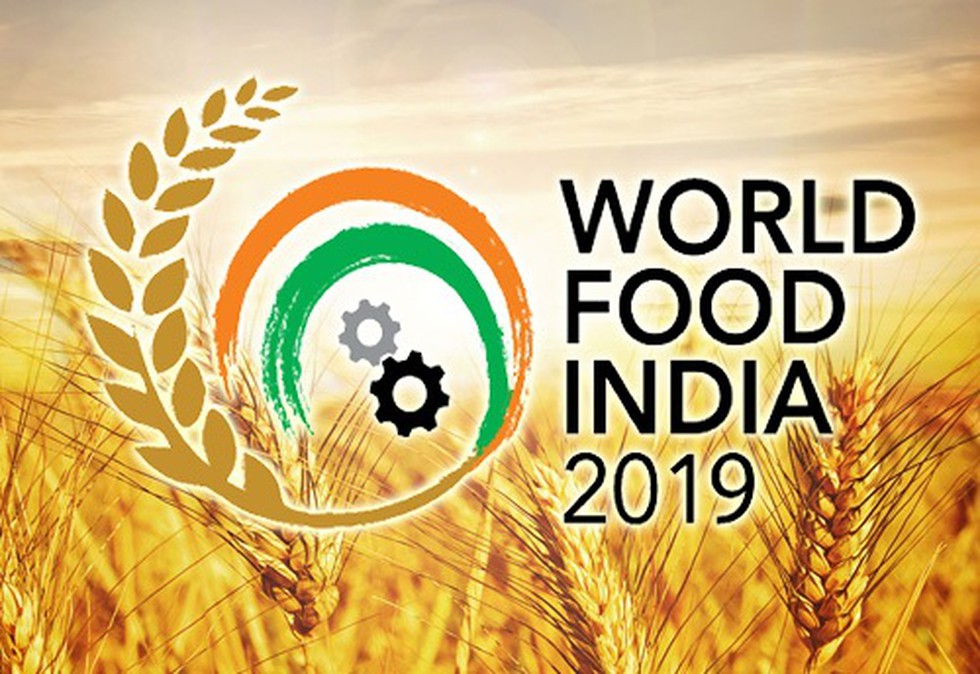
About:
- What is it? World Food India is the gathering of all global and domestic stakeholders in Food Processing Sector with the objective of promoting food processing sector at global level.
- Features:
- WFI 2019 shall consist of several top level seminars, investment opportunities, exhibitions, high level CEO roundtables, country sessions, B2B and B2G networking etc.
- The tagline of the event will be “Forging Partnerships for Growth”.
- WFI 2019 shall consist of several top level seminars, investment opportunities, exhibitions, high level CEO roundtables, country sessions, B2B and B2G networking etc.
- Background: WFI is a biennial event with the first such event conducted in 2017. WFI 2019 will be the second edition of World Food India.
Importance of Food Processing:
- Food processing is one of the six superstar sectors under the Government of India’s Make in India initiative.
- The processing levels in India remain low at 7.7% behind several economies such as China, Malaysia and US. India’s share in global exports of processed food is only 2%.
- Besides, India also has a high share of harvest and post-harvest losses from major agricultural produces on account of poor storage, transportation and logistics to the extent of INR 92,651 Crores ($13 Billion)-3 times the agricultural budget.
Prelims Pointers
June 18, 2019

About:
- Conditions covered: Autism spectrum disorders (ASD) are a group of complex brain development disorders. This umbrella term covers conditions such as autism and Asperger syndrome.
- Characteristics:
- These disorders are characterized by difficulties in social interaction and communication and a restricted and repetitive repertoire of interests and activities. Around 50% of persons with ASD also suffer from an intellectual disability.
- It is a lifelong condition which usually occurs in the first three years of life.
- These disorders are characterized by difficulties in social interaction and communication and a restricted and repetitive repertoire of interests and activities. Around 50% of persons with ASD also suffer from an intellectual disability.
- Cause:
- Various factors, both genetic and environmental, contribute to the onset of autism spectrum disorders by influencing early brain development.
- According to WHO, there is no evidence of a link between measles-mumps-rubella (MMR) vaccine and autism spectrum disorders. Previous studies suggesting a causal link were found to be seriously flawed.
- Various factors, both genetic and environmental, contribute to the onset of autism spectrum disorders by influencing early brain development.
- Prevalence: According to WHO estimates, 1 child in 160 has an autism spectrum disorder. This is an average figure, and reported prevalence varies substantially across studies.
June 17, 2019
Prelims Pointers
June 17, 2019
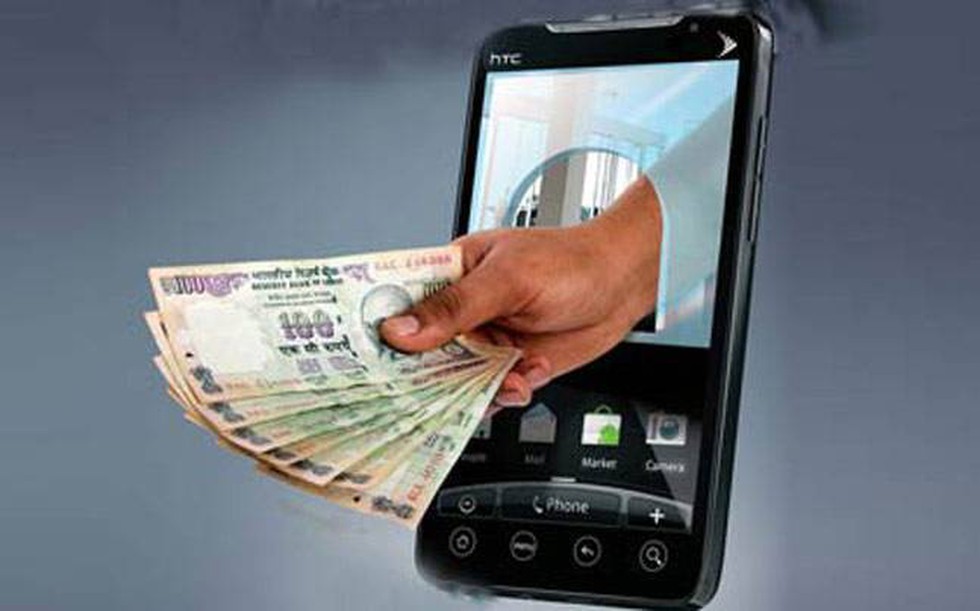
Key findings of the report:
- India’s push to build a less-cash economy seems to be gathering momentum.
- Total digital transactions in volume terms recorded a growth rate of 58.8 % during 2018-19, on top of a growth of 50.4 % during 2017-18.
- The number of digital transactions is expected to increase more than four times from Rs 2,069 crore in December 2018 to Rs 8,707 crore in December 2021.
- Though the bulk of digital transactions in value terms (82.8 %) are accounted for by RTGS transactions, retail component of digital transactions (excluding RTGS customers and interbank transactions) witnessed a volume growth of 59.3 % during 2018-19.
Recent innovations in payment and settlement system:
- The payment and settlement landscape has witnessed unprecedented waves of innovation.
- Mobile wallets have literally made banking services available ‘on tap’; digital-only banks have done away with the need for brick and mortar presence.
- Biometric authentication has made doing transactions much safer and more convenient than the conventional modes of payment.
- Blockchain may be a potentially disruptive technology but it is automating and decentralising financial transactions.
- Artificial Intelligence (AI) is being employed in financial technology (fintech) industry in the form of automated data analysis, chatbots and robo-advisers.
- Near field communication (NFC) technology and central bank digital currencies (CBDCs) are other path-breaking innovations that have emerged into the payment and settlement landscape.
Prelims Pointers
June 17, 2019

Key highlights of the document:
- BPPI has found 25 batches of drugs of 18 pharmaceutical companies to be of substandard quality since January 2018.
- While 17 out of the 18 companies are private, one is a public sector unit (PSU), the Indian Drugs and Pharmaceuticals Limited (IDPL).
- Of these, seven companies have been blacklisted for two years i.e. they are barred from supplying generic drugs to Janaushadhi scheme.
Do you know?
- The Bureau of Pharma PSUs of India (BPPI) implements the Centre’s flagship affordable medicine scheme the Pradhan Mantri Janaushadhi Pariyojana (PMBJP).
- Once the affordable generic drugs are procured from the pharmaceutical companies by the BPPI, they are supplied to various Janaushadhi Kendras that are managed under the PMBJP.
- There are 4,677 Janaushadhi Kendras functional in the country, as on December 31, 2018.
- Both the BPPI and the Indian Drugs and Pharmaceuticals Limited (IDPL) work under the Department of Pharmaceuticals of the Central government.
Prelims Pointers
June 17, 2019

About:
- Course: The Indrayani river originates in Kurvande village near Lonavla in Maharashtra. It flows east from there to meet the Bhima river, through the Hindu pilgrimage centers of Dehu and Alandi.
- This river happens to be one of the tributaries of the Bhima River, which again happens to be a tributary of Krishna River.
- Spiritual significance: It is revered as a holy river and is associated with such great religious figures such as Sant Tukaram and Dnyaneshwar.
- Valvan Dam: There is a hydroelectric dam called Valvan Dam on the Indrayani at Kamshet.
Prelims Pointers
June 17, 2019
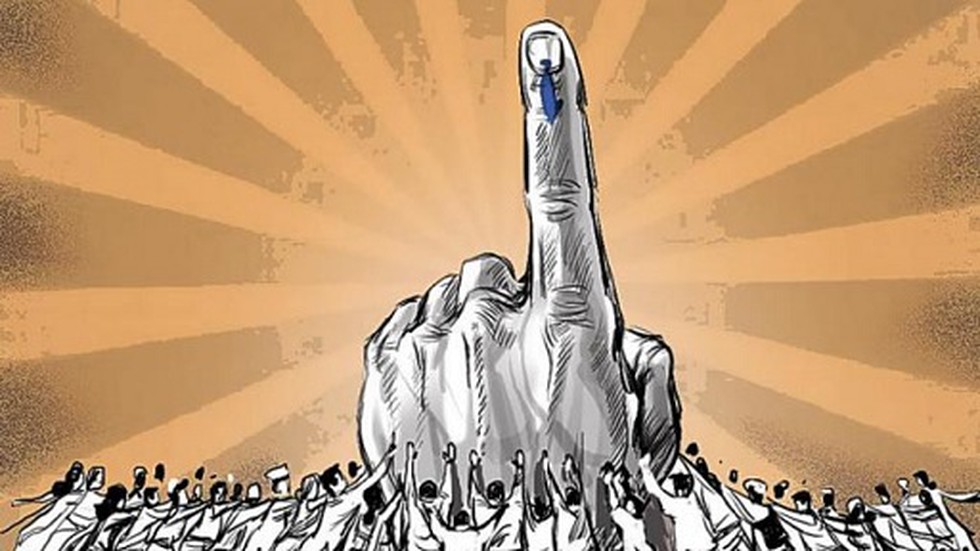
About:
- Indian polity is perennially in an election mode. Barring a few exceptional years within a normal 5 year tenure of the Lok Sabha, the country witnesses, on an average, elections to about 5-7 State Assemblies every year.
- For example, besides Lok Sabha elections in 2014, polls to about 15 State Assemblies were held during March 2014 – May 2016.
- Add elections to the third tier of Government, bye-elections etc., and the number of elections in any given year would increase substantially.
- In this background, Law commission in its 170th report remarked that the holding of a separate election to a Legislative Assembly should be an exception and not the rule. The rule ought to be one election once in five years for Lok Sabha and all the Legislative Assemblies.
Relevant constitutional provisions?
- Term of House of People and State Legislative Assemblies:
- Article 83(2): Article 83(2) of the Constitution provides for a normal term of five years for the House of People (Lok Sabha).
- Article 172(1): Article 172 (1) provides for similar tenure for State Legislative Assembly from the date of its first sitting.
- Pre-mature dissolution of Lok Sabha or State Assemblies: Both Lok Sabha and State Assemblies do not have a fixed term and can be dissolved earlier than their normal terms –
- Article 85(2)(b): Article 85 (2)(b) of the Constitution of India provides the President with the power to dissolve Lok Sabha.
- Article 174(2)(b): Similar provision for dissolution of State Legislative Assemblies by the Governor of State is provided under Article 174(2)(b).
- Article 356: In the event of a State being under President’s Rule as provided under Article 356, the Legislative Assembly of the said State may be prematurely dissolved by the President.
Prelims Pointers
June 17, 2019
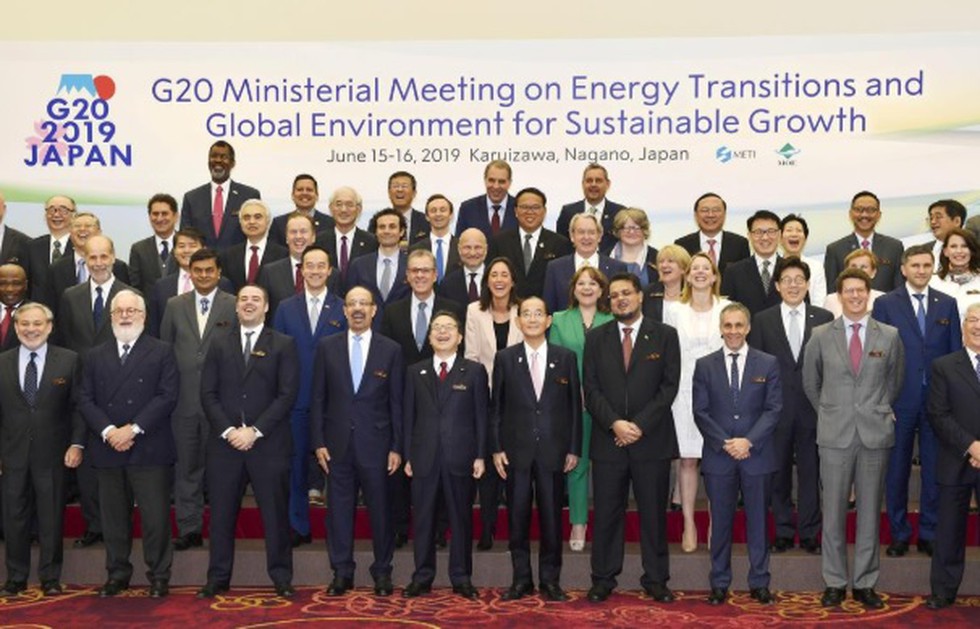
About:
- Background: This comes in the aftermath of images of plastic debris-strewn beaches and dead animals with stomachs full of plastic sparking outrage with many countries banning plastic bags outright.
- Earlier initiatives: The new framework is aimed at facilitating further concrete action on marine waste, though on a voluntary basis, after the G20 Hamburg Summit in Germany adopted the “G20 action plan on marine litter” in 2017.
- Life-cycle approach: Under the new framework, G20 members will promote a comprehensive life-cycle approach to prevent and reduce plastic litter discharge to the oceans through various measures and international cooperation. They will also share best practices, promote innovation and boost scientific monitoring and analytical methodologies.
- Way ahead: Japan plans to host the first meeting under the new framework this autumn when officials of environment ministers in the G20 countries are due to meet for the G20 Resource Efficiency Dialogue.
Prelims Pointers
June 17, 2019
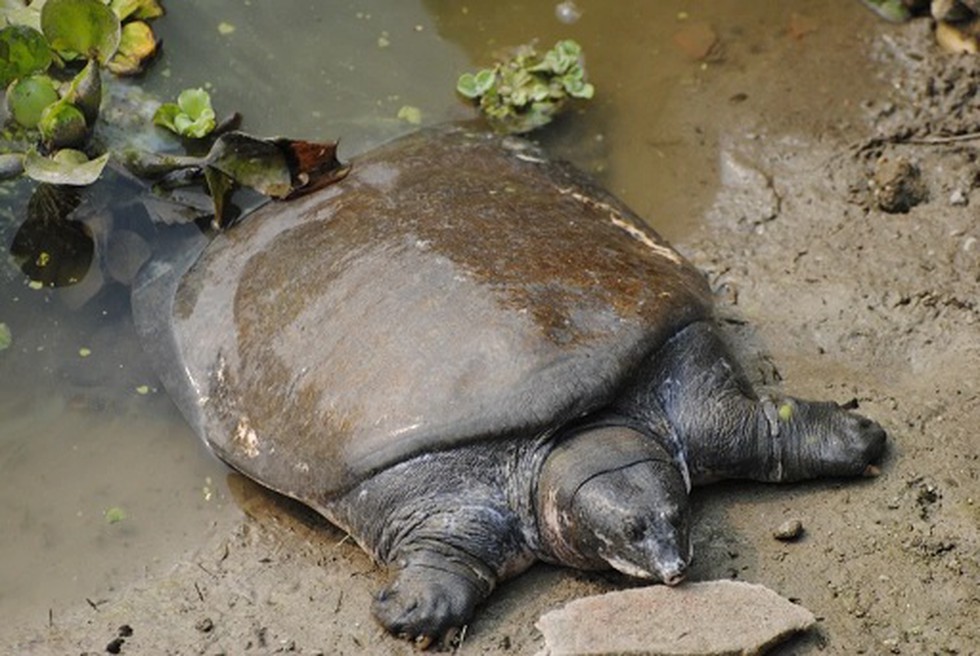
About:
- Scientific Name: Nilssonia nigricans.
- Common name: The black softshell turtle or Bostami turtle Or Mazari.
- What is it? It is a species of freshwater turtle.
- Softshell: These turtles are called "softshell" because their shell is light and flexible. This allows them to move more easily in open water, or in muddy lake bottoms. Having a soft shell also allows them to move much faster on land than most turtles.
- IUCN conservation status: Extinct in the wild.
- Distribution: It is found only in the ponds of some temples in Assam and Bangladesh (Chittagong and Sylhet).
Prelims Pointers
June 17, 2019
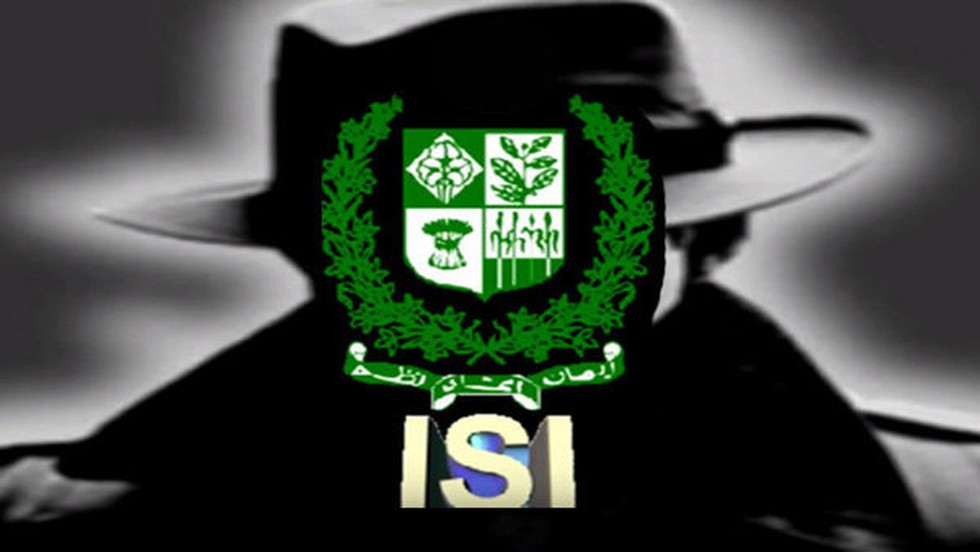
About:
- Lieutenant General Faiz Hameed, a former senior ISI figure, was appointed Director-General of the powerful ISI spy agency, replacing its current head, Lieutenant General Asim Munir, after only eight months on the job.
- Implications: He is said to be a hard-liner. Activists allege a pattern of growing authoritarianism by the military, which they say has become even more influential since Prime Minister Imran Khan came to power last year.
Background:
- The Army is arguably the most influential institution in Pakistan, with the military having ruled the country for nearly half of its 71-year history since independence from Britain and enjoying extensive powers even under civilian administrations.
- The head of the ISI occupies one of the most important posts. The agency has long been accused of supporting Islamist militants targeting neighbour India. as well as sheltering the Afghan Taliban and other militants.
Prelims Pointers
June 17, 2019
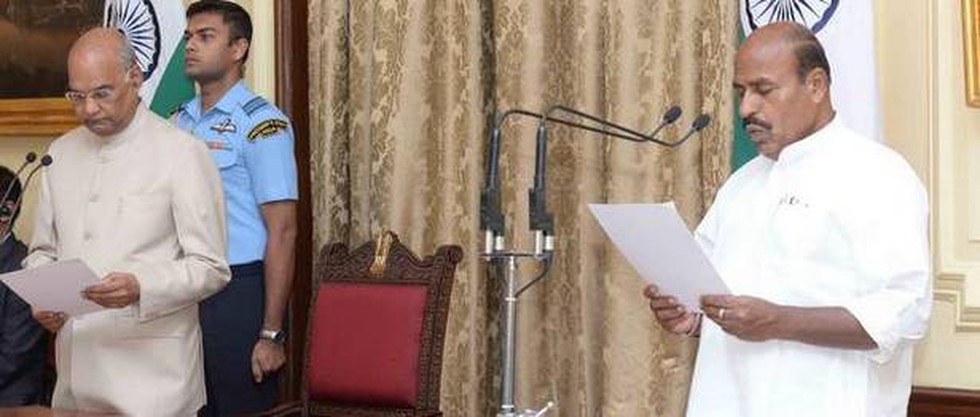
About:
- Who is appointed? By tradition the most senior most Member of Lok Sabha (i.e. having the most experience) is appointed as Pro-tem Speaker.
- Who appoints him/her? The President himself/herself administers the oath to him/her.
- Powers and Functions: He/she has all the powers of the speaker, but the main duties are:
- Presiding over the first sitting of the newly constituted Lok Sabha,
- Presiding over the election of new Lok Sabha speaker and
- Administering the oath of newly elected members.
- Presiding over the first sitting of the newly constituted Lok Sabha,
- Duration of his/her term: When the new speaker is elected by the house, the office of the speaker pro tem ceases to exist. Hence, this office is temporary office, existing for a few days.
- Constitutional Provisions:
- Article 94(2): Office of the Speaker becomes vacant immediately before the first meeting of the new Lok Sabha.
- Article 95(1): While the office of Speaker and deputy speaker is vacant, the duties of the office shall be performed by such member of the House of the People as the President may appoint for the purpose.
- Article 94(2): Office of the Speaker becomes vacant immediately before the first meeting of the new Lok Sabha.
Prelims Pointers
June 17, 2019
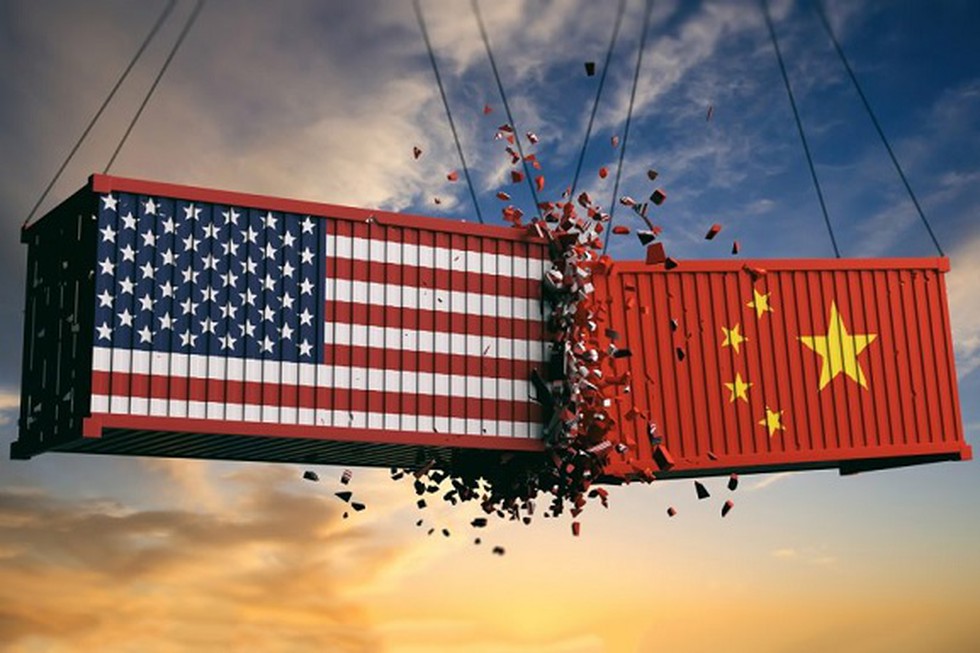
Key highlights of the study:
- Both the US and China are imposing heavy import duties on each other's products, which has triggered a trade war kind of situation.
- The ongoing trade war between the US and China offers an opportunity to India for boosting exports of as many 350 products such as chemicals and granite to these countries.
- As much as 151 domestic products including diesel, X-ray tubes and certain chemicals have an outright advantage to displace the US exports to China. Similarly, 203 Indian goods like rubber and graphite electrodes have the advantage to displace Chinese exports to the US.
- The Indian products which can tap the Chinese market include copper ores, rubber, paper, paperboard, equipment for transmission voice/data in a wired network, tunes and pipes.
- The Indian products which can grab exports opportunities in the US market include industrial valves, vulcanised rubber, carbon or graphite electrodes and natural honey.
Prelims Pointers
June 17, 2019

About:
- Date of observance: The day is observed every year on June 17, 2019.
- Objective of the day: To promote public awareness of international efforts to combat desertification.
- Theme for this year: is Let's grow the future together.
- This year, the United Nations Convention to Combat Desertification (UNCCD) celebrates the 25 years of progress made by countries on sustainable land management.
Desertification according to United Nations:
- Meaning: Desertification is the degradation of land in arid, semi-arid and dry sub-humid areas. Desertification does not refer to the expansion of existing deserts.
- Cause: It is caused primarily by human activities and climatic variations. It occurs because dryland ecosystems, which cover over one third of the world‘s land area, are extremely vulnerable to overexploitation and inappropriate land use.
- Global scenario: According to United Nations, every year, the world loses 24 billion tons of fertile soil and dryland degradation reduces national domestic product in developing countries by up to 8 % annually.
- Goal 15 of the 2030 Agenda for Sustainable Development states our resolve to halt and reverse land degradation.
June 16, 2019
Prelims Pointers
June 16, 2019
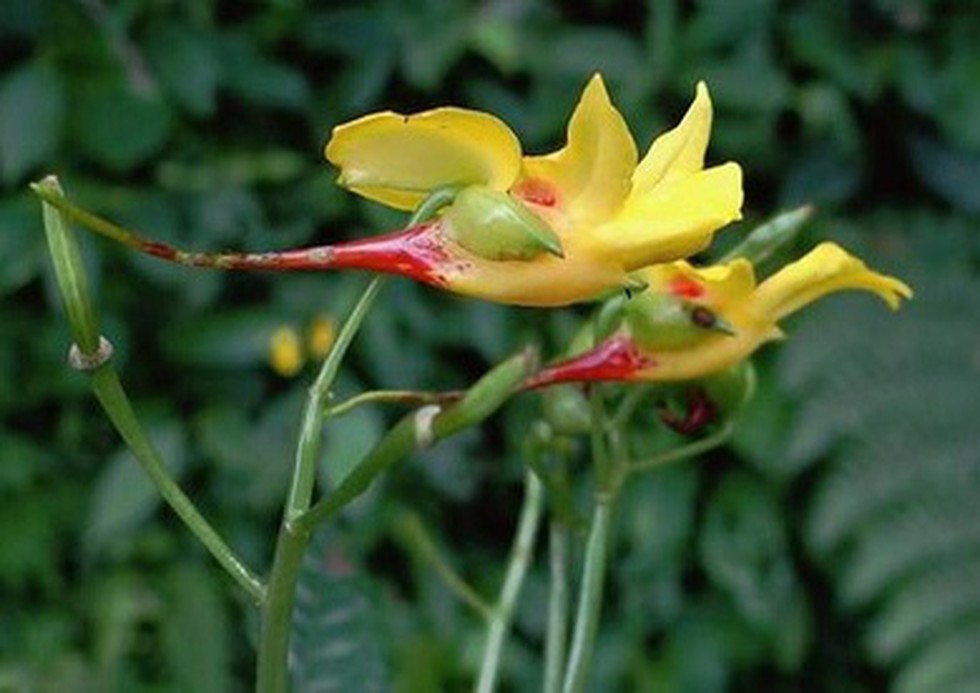
About:
- Name: Impatiens refers to a group of plants commonly known as Balsams or jewel-weeds.
- Features: Consisting of both annual and perennial herbs, balsams are succulent plants with high endemism. Because of their bright beautiful flowers, these group of plants are of prized horticultural significance.
- Distribution: About 230 species of Balsams are found in India, a majority of them in the eastern Himalayas and the Western Ghats.
- Habitat: They are highly sensitive to climatic conditions like extreme drought and extended exposure to sunlight. As a result Impatiens species are typically confined to stream margins, moist roadsides, waterside boulders, near waterfalls and wet forests.
- Recent discovery: Between 2010 and 2019, botanists and taxonomists discovered 23 new species of Balsams from the eastern Himalayas.
Prelims Pointers
June 16, 2019
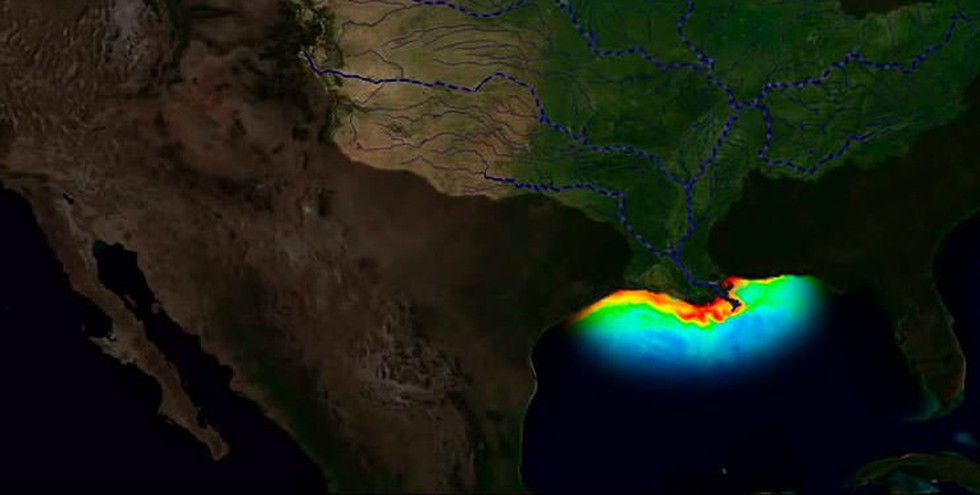
About:
- Hypoxic zones are areas in the ocean of such low oxygen concentration that animal life suffocates and dies, and as a result are sometimes called "dead zones."
- Less oxygen dissolved in the water is often referred to as a “dead zone” because most marine life either dies, or, if they are mobile such as fish, leave the area. Habitats that would normally be teeming with life become, essentially, biological deserts.
- Hypoxic zones can occur naturally, but scientists are concerned about the areas created or enhanced by human activity. Nutrient pollution is the primary cause of those zones created by humans.
- Once in the Gulf, these nutrients trigger algae blooms that choke off oxygen in water and make it difficult, if not impossible, for marine life to survive.
Gulf of Mexico dead Zone:
- One of the largest dead zones forms in the Gulf of Mexico every spring. Each spring as farmers fertilize their lands preparing for crop season, rain washes fertilizer off the land and into streams and rivers.
- The Gulf dead zone owes its size to the mighty Mississippi River, which collects tons of nutrients from agricultural and urban runoff from cities through its course.
- Dead zone in the Gulf of the Mexico is the world's second largest. The world's largest dead zone is in the Baltic Sea.
Prelims Pointers
June 16, 2019
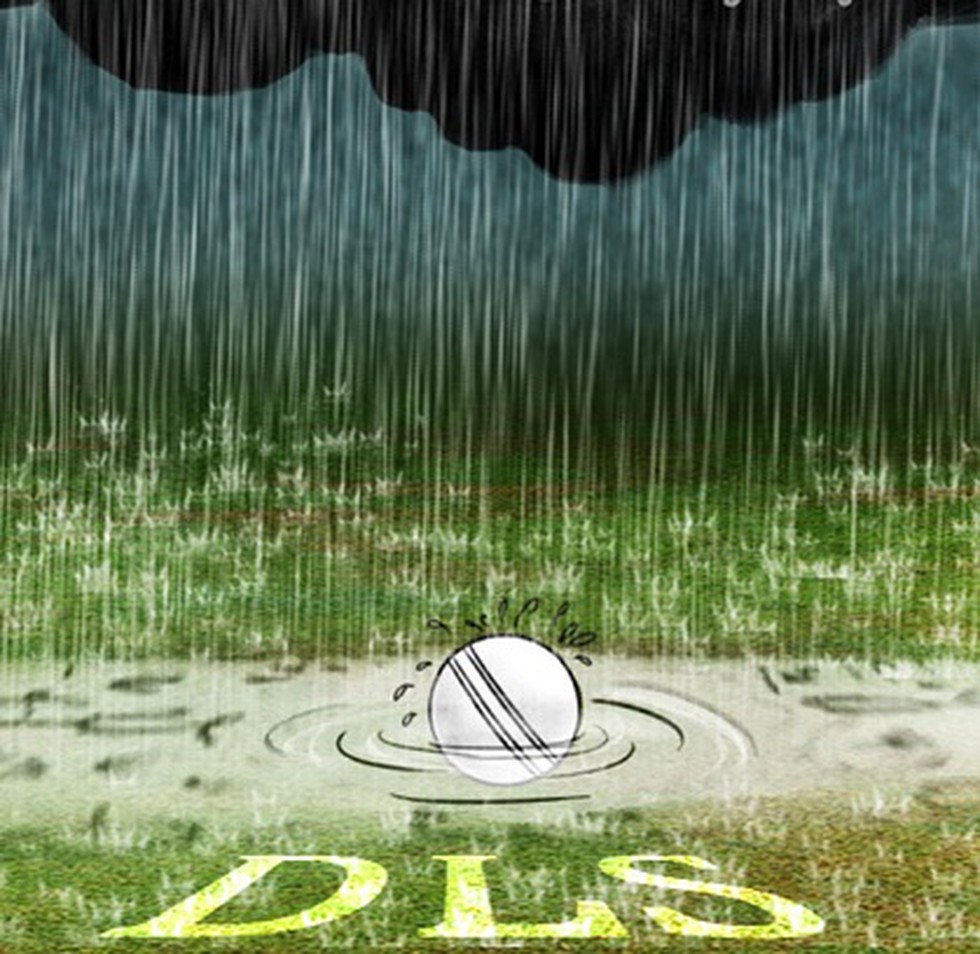
About:
- The Duckworth–Lewis (D/L) method is a mathematical formula used to calculate the target score for the team batting second in a limited overs cricket match interrupted by weather (e.g. Rain) or other circumstances.
- Nomenclature: The D/L method was devised by two English statisticians, Frank Duckworth and Tony Lewis. After their retirements, Professor Steven Stern became the custodian of the method. In 2014, it was renamed the Duckworth–Lewis–Stern method (or DLS method).
- History: It was first used in international cricket in 1997 and was formally adopted by the ICC in 1999.
Working:
- Each team in a limited-overs match has two resources available with which to score runs (overs to play and wickets remaining).
- The target is revised proportionally in the combination of these two resources to set a statistically fair target for the second team's innings, which is the same difficulty as the original target.
Recent update:
- The International Cricket Council (ICC) announced the new version of the Duckworth-Lewis-Stern (DLS) System that comes into effect from September 30, 2018.
- This is the third version but second update of the DLS System since its introduction into international cricket in 2014
- It is based on information from 700 ODIs and 428 T20 Internationals, which comprise over 240,000 outcomes of individual deliveries.
- This has been carried out following a detailed ball-by-ball analysis of scoring patterns, including in the Powerplays, in all limited overs internationals played during the previous four years.
Prelims Pointers
June 16, 2019
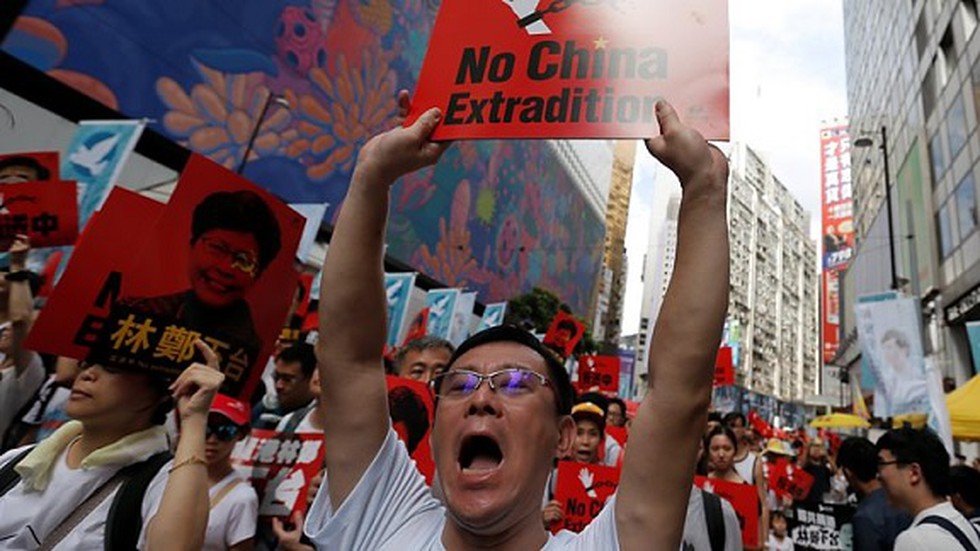
About:
- Objective of recent bill: The proposed extradition bill which, if passed, would have allowed the city government to extradite any suspect to places with which Hong Kong does not have extradition accords.
- Justification of Bill by Hong Kong government:
- When Hong Kong’s extradition agreements were finalised, mainland China and Taiwan were left out because those regions had fundamentally different criminal justice systems from that of the city.
- This “loophole” allows suspected criminals to avoid trial elsewhere by taking refuge in the city. The bill would close the loophole so that suspects wanted elsewhere, including in mainland China, could be extradited.
- When Hong Kong’s extradition agreements were finalised, mainland China and Taiwan were left out because those regions had fundamentally different criminal justice systems from that of the city.
- Opposition to the bill:
- Civil society groups and Hong Kong’s pro-democracy activists say the bill will allow mainland China to deepen its influence in Hong Kong. When Hong Kong was handed over to China in 1997 by Britain, it was agreed that the city would remain a semi-autonomous region under the Basic Law.
- It will practically break the existing legal barriers between Hong Kong and mainland China that are guaranteed under the “One Country Two Systems” model, say the protesters.
- Civil society groups and Hong Kong’s pro-democracy activists say the bill will allow mainland China to deepen its influence in Hong Kong. When Hong Kong was handed over to China in 1997 by Britain, it was agreed that the city would remain a semi-autonomous region under the Basic Law.
- What is next?
- Decision to suspend the Bill indefinitely is a major victory to the protesters.
- While the government’s U-turn could calm tensions for now, the crisis has exposed, once again, the growing distrust between the city’s pro-Beijing authorities and its civil society.
- Decision to suspend the Bill indefinitely is a major victory to the protesters.
Prelims Pointers
June 16, 2019
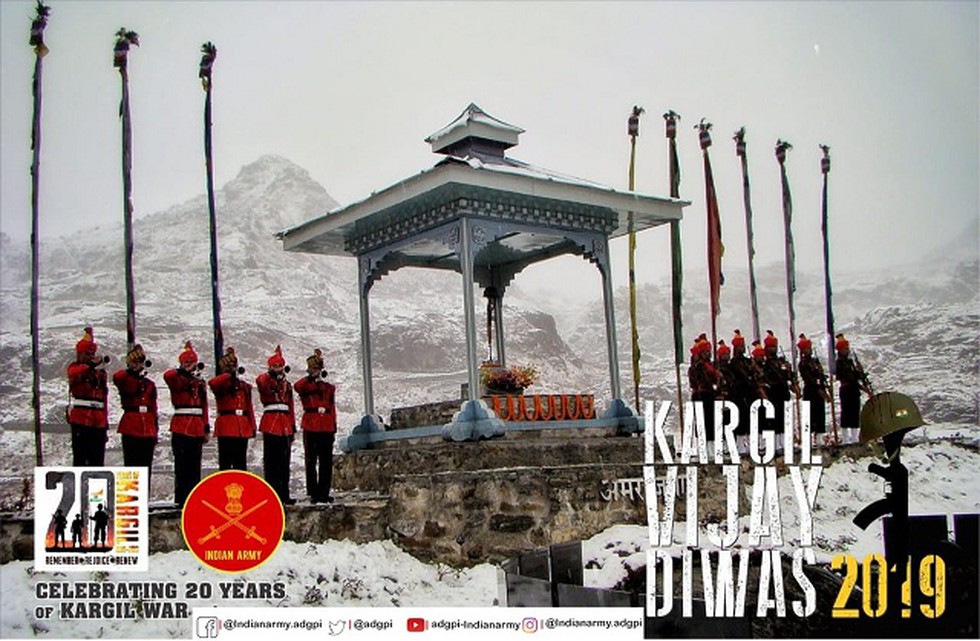
About:
- The year 2019, marks the 20th anniversary of victory in ‘Operation VIJAY’ popularly known as the ‘Kargil War’.
- The Kargil War will always be remembered for its strategic and tactical surprises, the self-imposed national strategy of restraint in keeping the war limited to Kargil - Siachen Sectors and swiftly executed tri-services military strategy and plans.
- The ‘Kargil Vijay Diwas’ celebrations for the year 2019 will be spread over three days from 25-27 July 2019 and will be organized at Dras and New Delhi. It will be celebrated with the theme ‘Remember, Rejoice and Renew’.
- The objective of these celebrations is to evoke feeling of nationalism and patriotism through nationwide campaigns especially amongst youth and to pay homage to the valiant soldiers.
Prelims Pointers
June 16, 2019
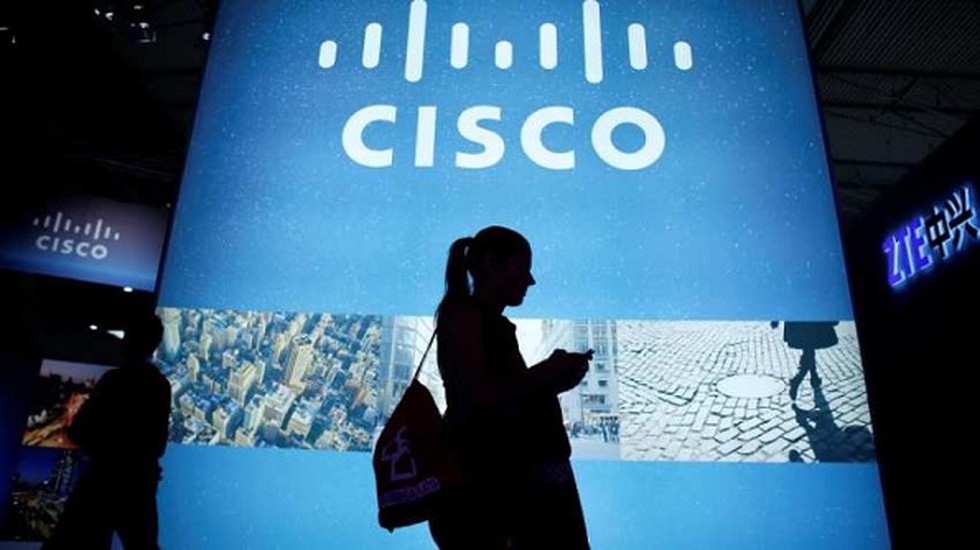
Key highlights of the initiative:
- Objective: This programme will equip students enrolled in ITIs across India with skills for the digital economy over the next two years.
- Features:
- Nearly 15 lakh students across all the ITIs in India can access the digital learning module via the Bharat Skills portal.
- The programme includes tailor-made curriculum with modules for digital literacy, career readiness, employability skills and advanced technology skills via the Bharat Skills portal and in-classroom modules.
- Nearly 15 lakh students across all the ITIs in India can access the digital learning module via the Bharat Skills portal.
- Coverage: The initial phase of the in-classroom training programme is being rolled out across 227 ITIs in Tamil Nadu, Gujarat, Bihar and Assam, targeting more than one lakh youth.
Bharat Skills is a Central Repository for skills which provide National Skills Qualifications Framework (NSQF) curriculum, course material, videos, question banks and mock test etc.
Prelims Pointers
June 16, 2019
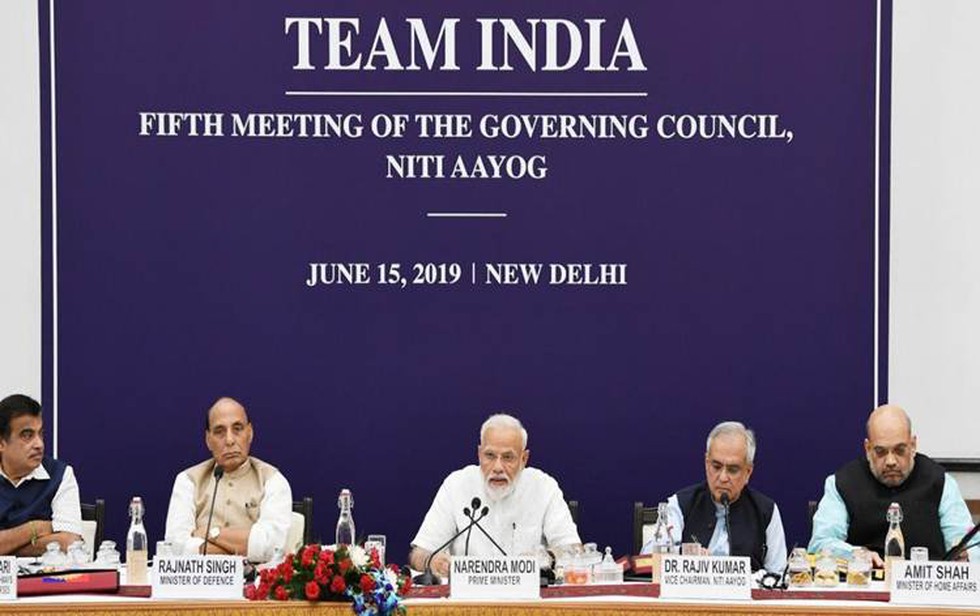
About:
- What is it? The Governing Council, which embodies NITI Aayog's objectives of cooperative federalism, presents a platform to discuss inter-sectoral and federal issues to accelerate the implementation of the national development agenda.
- Timeline: The First Meeting was held in February 2015, the Second Meeting in July 2015, the Third Meeting in 2017 and the Fourth meeting in June 2018.
- Composition: The Governing Council of NITI Aayog comprises the –
- Prime Minister of India, Chief Ministers of all the States and UTs with Legislatures and Lt. Governor of Andaman and Nicobar Islands,
- four Union Ministers as ex-officio members and
- three Union Ministers as Special Invitees.
- Prime Minister of India, Chief Ministers of all the States and UTs with Legislatures and Lt. Governor of Andaman and Nicobar Islands,
Key highlights of the Fifth Governing Council Meeting:
- Prime Minister Narendra Modi announced the setting up of a high-level task force for undertaking structural reforms in agriculture, including strengthening logistics, produce marketing, food processing as well as changes to the Essential Commodities Act.
- Mr Modi said that India is targeting a $5 trillion economy by 2024.
- He highlighted various good practices in water management such as the Jalyukt Shivar in Maharashtra which made 11,000 villages drought free, Mukhya Mantri Jal Swavalamban Abhiyaan which resulted in five feet rise in groundwater in 21 districts, and Mission Kakatiya in Telangana which irrigates 19 Lakh Acres.
Prelims Pointers
June 16, 2019
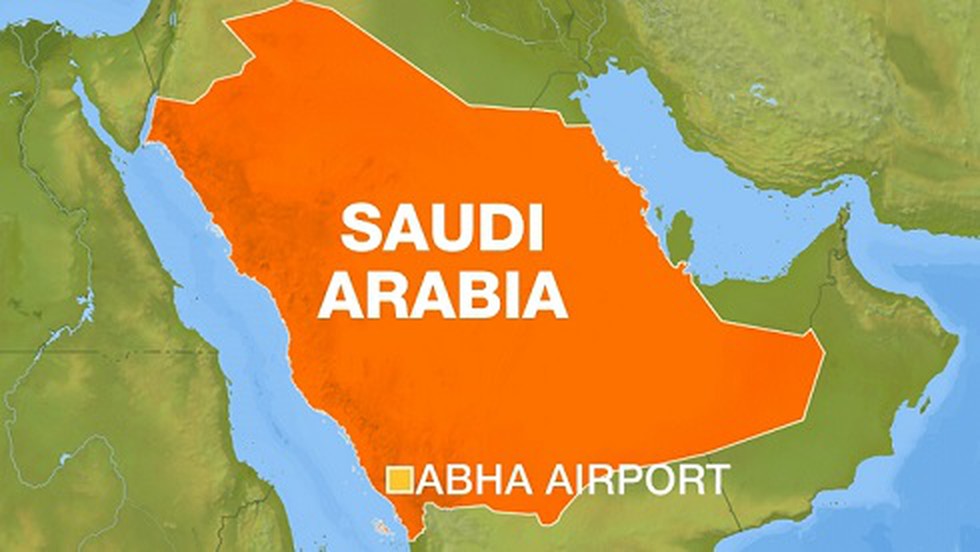
About:
- Abha International Airport is an airport in Abha, the capital of 'Asir Province in Saudi Arabia.
- The airport was attacked by the Yemeni Houthi movement on 12 June 2019, injuring 26 people.
- United Nations (UN) described the attack as a serious threat to regional security and undermining the political process in Yemen led by the UN.
Prelims Pointers
June 16, 2019
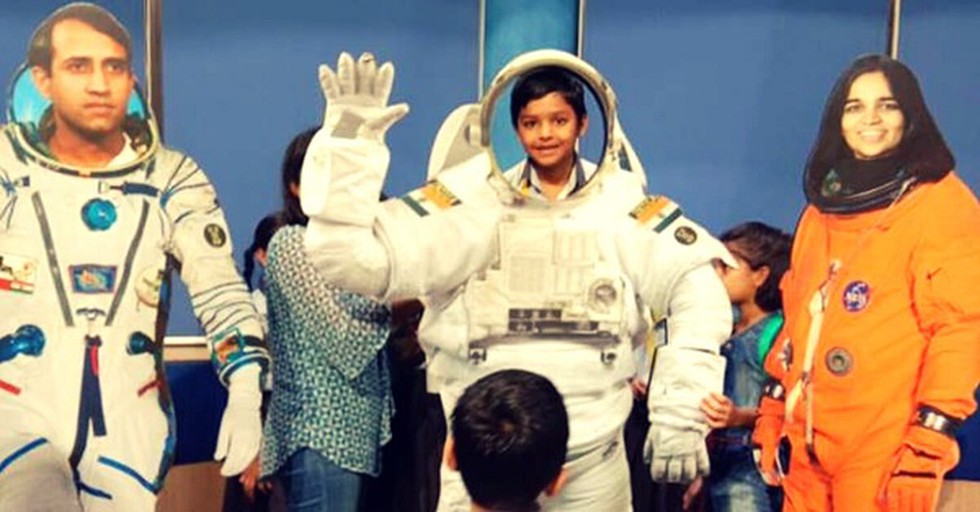
About:
- The first batch of 108 students drawn from all states and Union Territories recently completed their exposure in its laboratories in Bengaluru, Sriharikota, Thiruvananthapuram and other places.
- The training module has been devised as part of its Yuva Vigyanik Karyakram (YUVIKA).
YUVIKA?
- Full name: YUva VIgyani KAryakram (YUVIKA), also known as “Young Scientist Programme”.
- Launched in: March 2019.
- Parent agency: Indian Space Research Organisation (ISRO).
- Objective: To impart basic knowledge on Space Technology, Space Science and Space Applications to the school children with the intent of arousing their interest in the emerging areas of Space activities.
- Strategy: The residential training programme will be of around two weeks duration during summer holidays. It is proposed to select 3 students each from each State/UT to participate in this programme every year covering CBSE, ICSE and State syllabus.
- Eligibility: Those who have just finished 9th standard (in the academic year 2018-19) and waiting to join 10th standard (or those who have started 10th Std just now) will be eligible for the programme.
Prelims Pointers
June 16, 2019
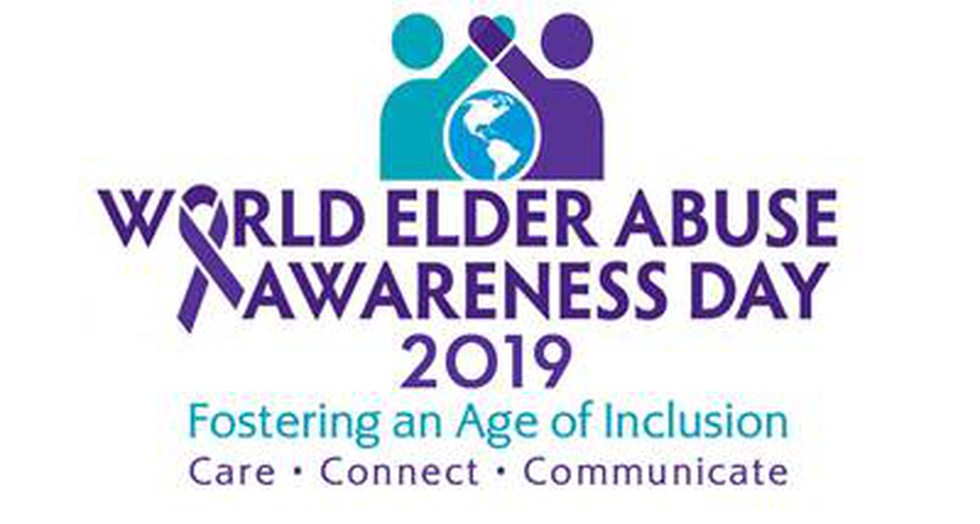
About:
- Date of observance: 15th of June every year.
- Objective of the day: To voice opposition to the abuse and suffering inflicted on elderly people.
- History: It was officially recognized by the United Nations General Assembly in December 2011 following a request by the International Network for the Prevention of Elder Abuse.
Elder abuse?
- Forms: Elder abuse can take various forms such as physical, psychological or emotional, and financial abuse.
- Extent: According to the UN, around 1 in 6 older people experience some form of abuse.
- It is predicted to increase as many countries are experiencing rapidly ageing populations.
- The global population of people aged 60 years and older will more than double, from 900 million in 2015 to about 2 billion in 2050.
- It is predicted to increase as many countries are experiencing rapidly ageing populations.
- Impact: Elder abuse can lead to serious physical injuries and long-term psychological consequences. It is a global social issue which affects the health and human rights of millions of older persons around the world.
In addition to the WEAAD, the UN also observes an International Day of Older Persons on October 1 every year to recognize the contributions of older persons and to examine issues that affect their lives.
June 15, 2019
Prelims Pointers
June 15, 2019

About:
- Background: The move comes six years after the country’s first privately owned metro network, Rapid Metro Rail Gurgaon Limited, started its operations.
- Mandate: It will look at the need to revise the fares, with both upward and downward revision possible for fare fixation of Rapid Metro Rail Gurgaon Limited. The metro network currently has fixed fare slabs of Rs. 20 and Rs. 35.
- Composition: The three-member panel will be headed by Justice (Retd.) Bharat Bhushan Parsoon, Punjab and Haryana High Court.
- Parent act: The panel has been constituted under the Metro Railways (Operation and Maintenance) Act, 2002, for a period of three months.
Prelims Pointers
June 15, 2019
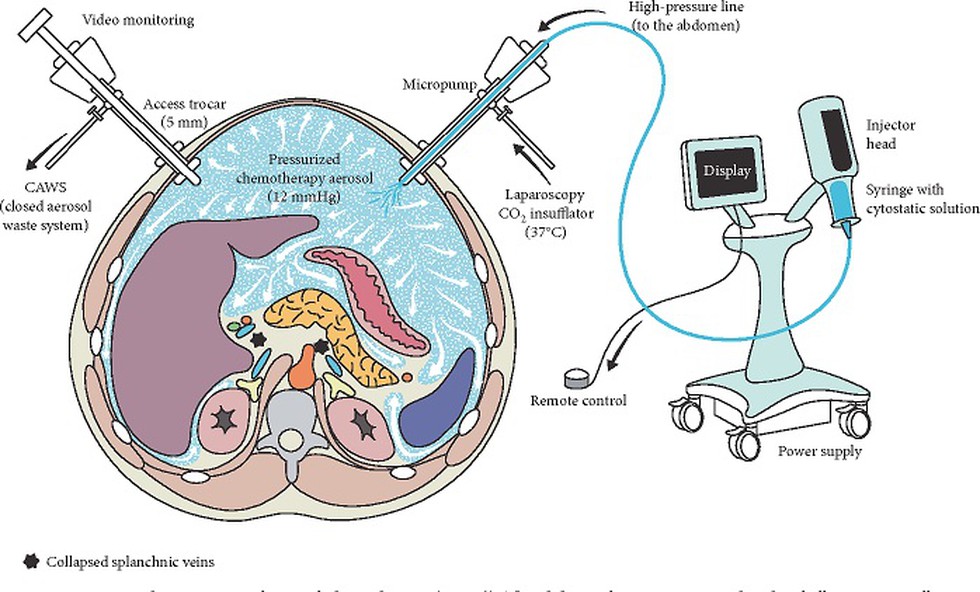
About:
- Technique: Under PIPAC, the drugs are not injected into the bloodstream. Instead, the patient is put under general anaesthetic and treatment is introduced by laparoscopy and chemotherapy is introduced into the peritoneal cavity by an aerosol spray.
- Benefits:
- It is a minimally invasive without harmful side effects normally “associated with the circulation of the treatment within the blood”.
- The price of the treatment is reasonable, with the injector device costing around €25,000, and each operation using disposable materials worth some €2,000.
- It is a minimally invasive without harmful side effects normally “associated with the circulation of the treatment within the blood”.
- Present status:
- Several hospitals in France are trialling pressurised intraperitoneal aerosol chemotherapy (PIPAC), a technique developed in Germany in 2013.
- For the moment, PIPAC therapy is only offered to patients undergoing palliative treatment, as its efficacy has yet to be demonstrated in a large scientific study.
- Several hospitals in France are trialling pressurised intraperitoneal aerosol chemotherapy (PIPAC), a technique developed in Germany in 2013.
Prelims Pointers
June 15, 2019
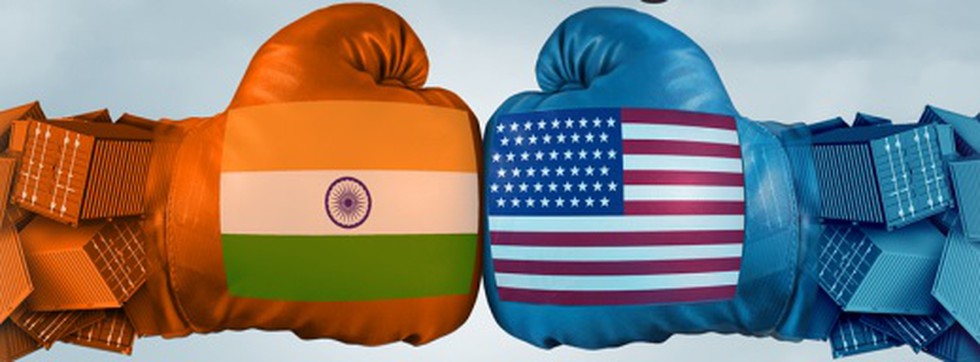
About:
- Timeline: Events that led to the decision
- In March 2018, the U.S. imposed 25% tariff on steel and 10% import duty on aluminium. India was one of the major exporters of these items.
- In June 2018, India decided to impose duties in retaliation, but extended the deadline.
- On June 5, 2019, the U.S. withdrew export incentives to India under its Generalised System of Preferences (GSP) programme. India was the largest beneficiary of GSP.
- India now wants to implement its decision to impose retaliatory tariff on 29 U.S. items from June 16, 2019.
- In March 2018, the U.S. imposed 25% tariff on steel and 10% import duty on aluminium. India was one of the major exporters of these items.
- Major products to be impacted: Walnut, chickpeas, Bengal gram, masur dal, boric acid, binders for foundry moulds, domestic reagents, apples etc.
- Possible impact: The tariffs will place a burden of $220-290 million on the U.S., commensurate to the impact on India due to the U.S. tariffs on aluminium and steel imports.
Prelims Pointers
June 15, 2019
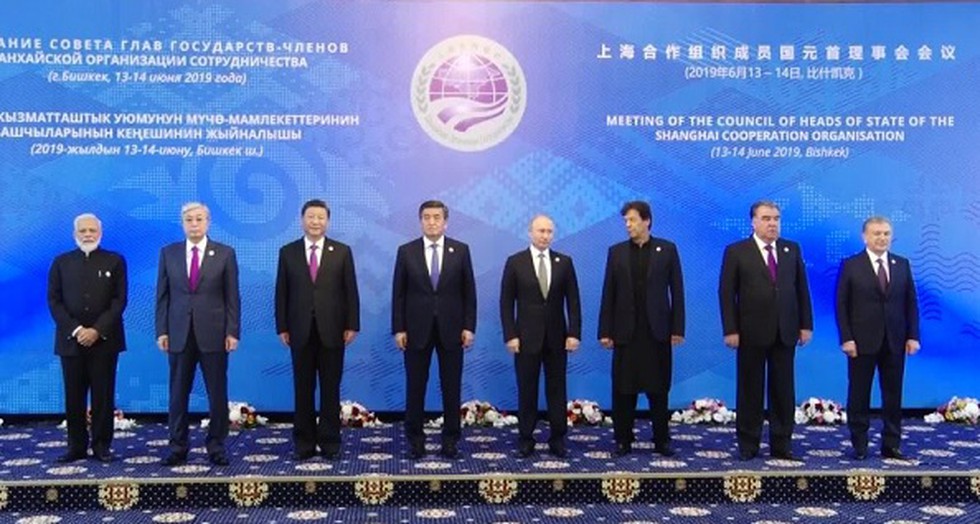
Key highlights of the summit:
- The Bishkek Declaration of the SCO Heads of State Council condemned terrorism in all “forms and manifestations”.
- PM Narendra Modi asked the member states to try coordinated action against international terrorism under the SCO-Regional Anti Terrorist Structure (RATS).
- SCO declared that the Uzbekistan is expected to host a Ministerial Meeting of the Eighth Regional Economic Cooperation Conference on Afghanistan (RECCA VIII) in Tashkent in the second half of 2019.
- The summit also signed a document titled ‘Roadmap for Further Action of the SCO-Afghanistan Contact Group’.
- A separate MoU was signed for establishment of Astana International Financial Centre.
- Apart from that the other agreements were on sports, mass media, coordination of humanitarian affairs, tourism, healthcare.
- PM Narendra Modi and his Pakistan counterpart Imran Khan exchanged greetings during the SCO summit. This informal exchange, though brief, is the first since the Pulwama terror attack, which led to a dramatic escalation of tensions between the two countries.
Prelims Pointers
June 15, 2019
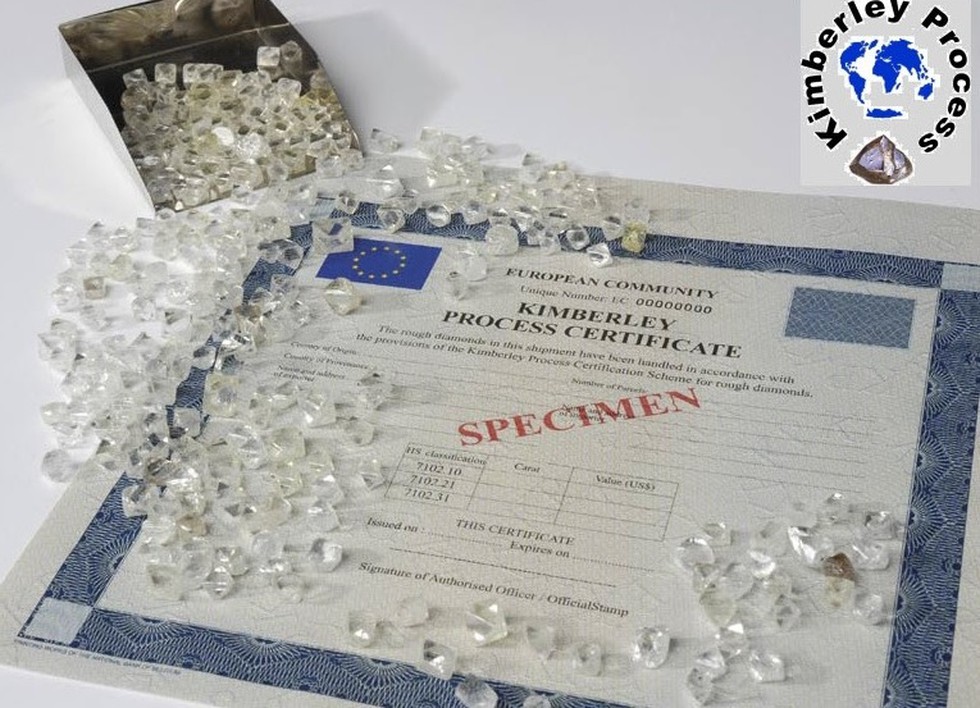
About:
- What is it?
- The Kimberley Process is an international certification scheme that regulates trade in rough diamonds with the aim of preventing the flow of conflict diamonds, while helping to protect legitimate trade in rough diamonds.
- The Kimberley Process Certification Scheme (KPCS) outlines the rules that govern the trade in rough diamonds.
- The Kimberley Process is an international certification scheme that regulates trade in rough diamonds with the aim of preventing the flow of conflict diamonds, while helping to protect legitimate trade in rough diamonds.
- What it is not?
- The KP is not, strictly speaking, an international organisation: it has no permanent offices or permanent staff. It relies on the contributions – under the principle of ‘burden-sharing' – of participants, supported by industry and civil society observers.
- Neither can the KP be considered as an international agreement from a legal perspective, as it is implemented through the national legislations of its participants.
- The KP is not, strictly speaking, an international organisation: it has no permanent offices or permanent staff. It relies on the contributions – under the principle of ‘burden-sharing' – of participants, supported by industry and civil society observers.
- History: The KPCS came into effect from 1st January, 2003.
- Participants: At present, KPCS has 55 members representing 82 countries including EU with 28 members. India is the founding member of KPCS.
- Chairmanship: The Kimberley Process is chaired, on a rotating basis, by participating countries. India is the Chairman of Kimberley Process Certification Scheme (KPCS) from 1st January, 2019.
Conflict diamonds, also known as ‘blood' diamonds, are rough diamonds used by rebel movements or their allies to finance armed conflicts aimed at undermining legitimate governments.
Prelims Pointers
June 15, 2019

About:
- Full name: Green Rating for Integrated Habitat Assessment (GRIHA).
- What is it? It is a rating tool that helps people assesses the performance of their building against certain nationally acceptable benchmarks.
- Bodies involved: It is given by the GRIHA Council, a not-for-profit society jointly setup by The Energy and Resources Institute (TERI) and the Ministry of New and Renewable Energy (MNRE) to promote green buildings in India.
10th edition of regional GRIHA summit:
- Venue: Nagpur.
- Agencies involved: This summit is being organized with the help of the Public Works Department of Government of Maharashtra.
- Theme: The theme of this year’s summit is "Transformation Strategies for Built Environment". This theme is adapted to focus on the impact of incorporating sustainability initiatives into functioning public buildings.
Prelims Pointers
June 15, 2019
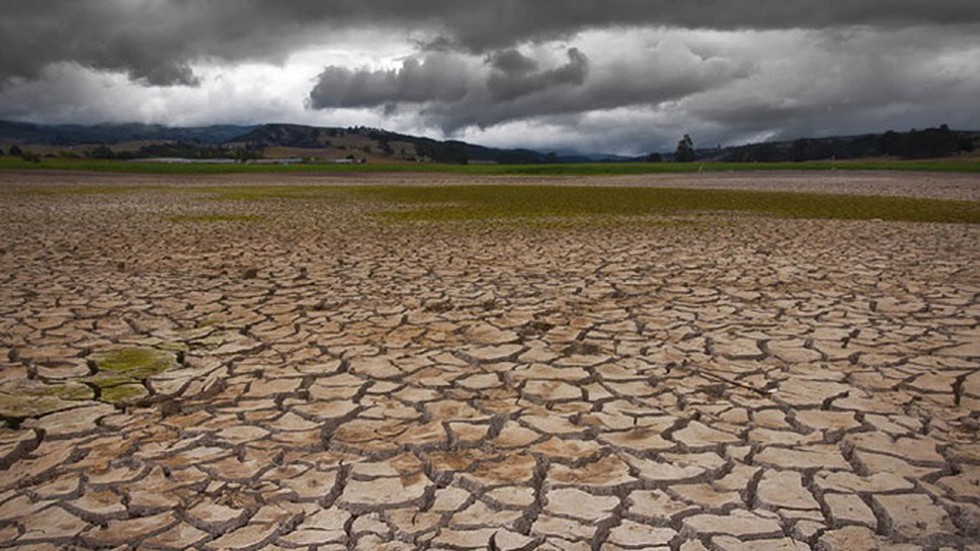
About:
- Launched by: Hyderabad-based National Institute of Rural Development and Panchayati Raj (NIRDPR).
- Objective: The training programme of SLACC has been launched to help Rural Poor Farm-based Households adapt to Climate Change and sustain their livelihoods.
- Parent programme: It has been launched under the National Rural Livelihood Mission.
- Coverage: Total 638 drought and flood-prone villages of Madhya Pradesh and Bihar are being covered on pilot basis under this first of its kind initiative. It will be scaled up nationwide in due course.
Prelims Pointers
June 15, 2019
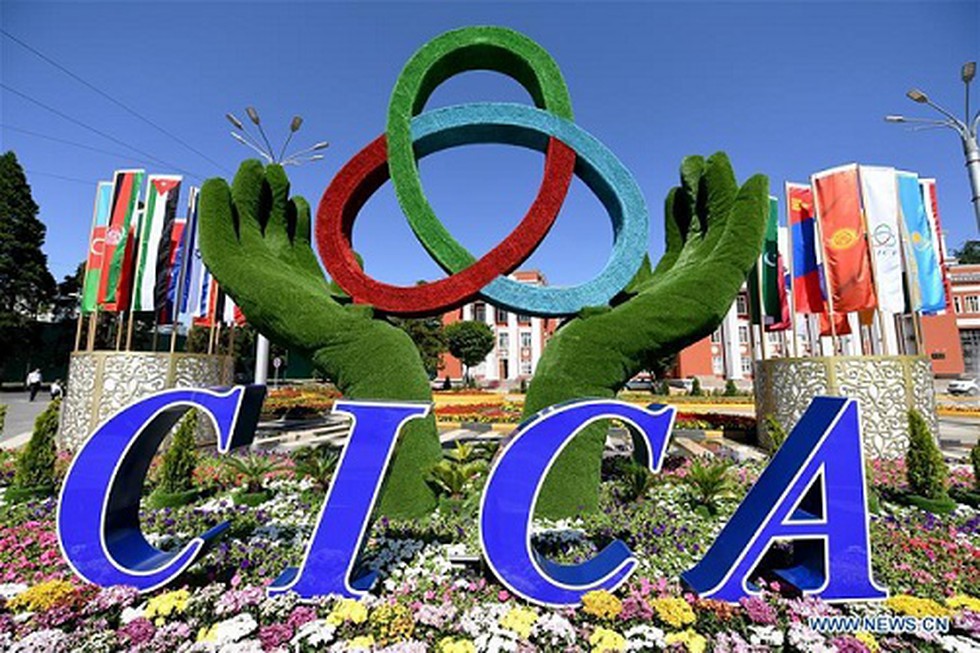
About:
- What is it? CICA is a multi-national forum for enhancing cooperation towards promoting peace, security and stability in Asia.
- Established in: 1999.
- Secretariat: Nur-Sultan, Kazakhstan.
- Membership:
- For becoming a member of CICA, a state must have at least a part of its territory in Asia.
- Presently CICA has 27 member states. 8 countries and five multi-national organizations, including united nations, have the observer status.
- India is a member of CICA since its inception.
- For becoming a member of CICA, a state must have at least a part of its territory in Asia.
- Meeting:
- The highest decision making organ of CICA is the meeting of the CICA heads of state and government. The CICA summit is convened every four years.
- Meeting of the ministers of foreign affairs is required to be held every two years.
- The highest decision making organ of CICA is the meeting of the CICA heads of state and government. The CICA summit is convened every four years.
- Theme of the 5th Summit (2019): Shared Vision for a Secure and More Prosperous CICA Region.
Prelims Pointers
June 15, 2019
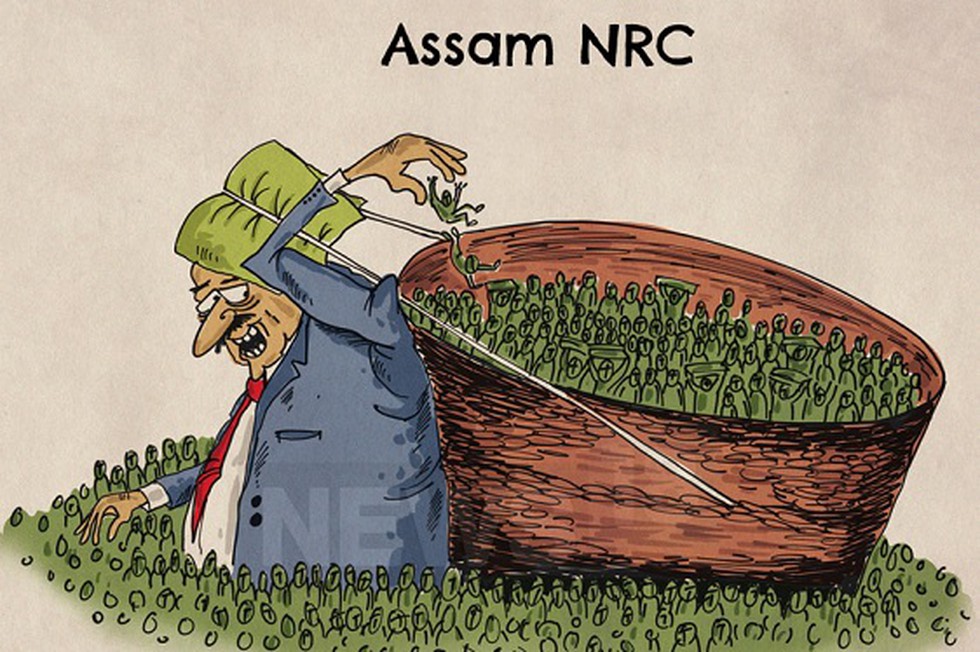
About:
- Objective: The proposed integrated e-FT IT system will be implemented across the state for effective monitoring and resolution of cases registered with Foreigner Tribunal.
- Functions: it will be implemented to –
- maintain a statewide bio-metric and biographic data,
- capture the illegal migrants’ data to computerize data flow for all the stakeholders and
- legalize eligible beneficiaries for welfare schemes.
- maintain a statewide bio-metric and biographic data,
- Significance: The new IT system will not only strengthen the Judiciary in the disposal of cases but also help Police organization in faster detection, prosecution and detention. This will enhance the transparency of case disposal process.
- CEO of e-FT Mission: Anand Prakash Tiwari.
Prelims Pointers
June 15, 2019
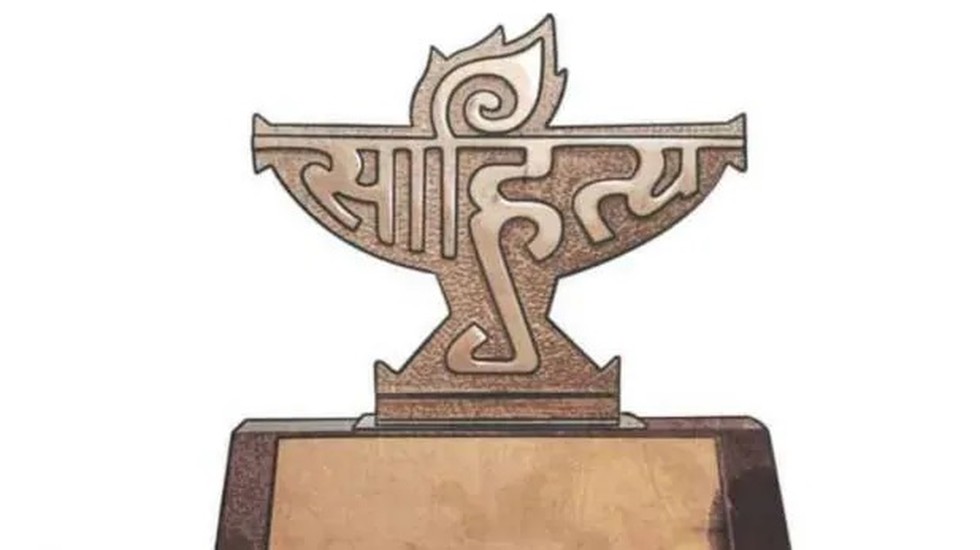
About:
- Bal Sahitya Puraskar: The Awards relate to books first published during the five years immediately preceding the year of Award. However, during the initial ten years i.e. from 2010 to 2019, the award may also be given to an author based on his/her total contribution to Children Literature.
- Sahitya Akademi Yuva Puraskar: The Award relates to books published by an author of the age of 35 and below as on 1st January of the year of the award.
- The Award in the form of a casket containing an engraved copper-plaque and a cheque of Rs.50,000/- will be presented to the awardees at a special function to be held at a later date.

